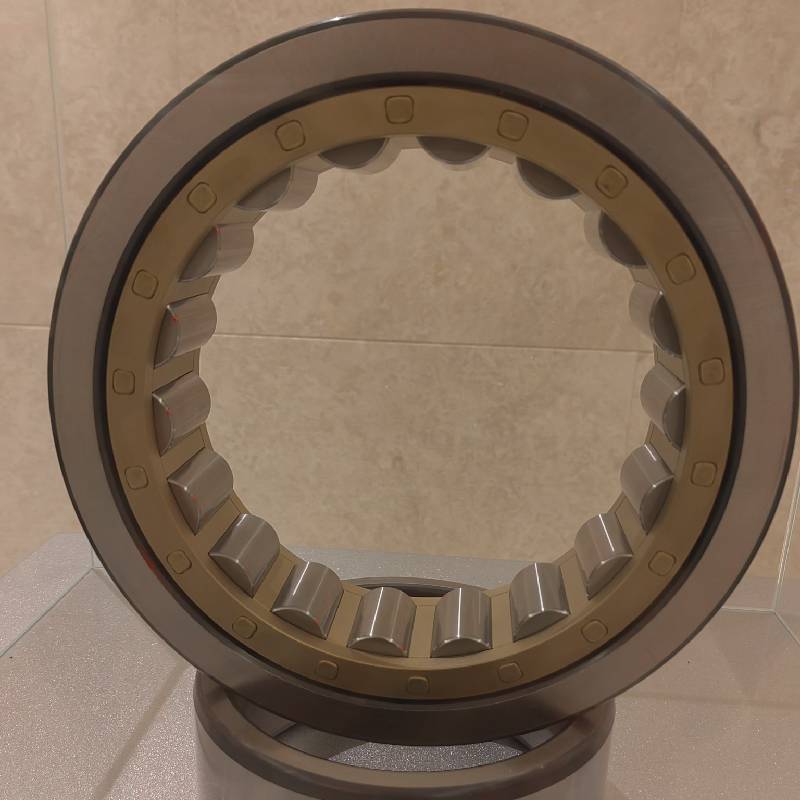
Sep . 28, 2024 20:31 Back to list
Comparing Deep Groove Ball Bearings and Angular Contact Bearings for Optimal Performance
Deep Groove Ball Bearings vs. Angular Contact Bearings An In-Depth Comparison
Bearings are critical components in the machinery and automotive industries, serving the essential function of reducing friction between moving parts. Among the various types of bearings available, deep groove ball bearings and angular contact bearings are two of the most widely utilized. Each type has its specific applications, advantages, and disadvantages. This article aims to explore the characteristics, functions, and differences between deep groove ball bearings and angular contact bearings, helping you make an informed decision when selecting the appropriate bearing for your application.
Deep Groove Ball Bearings
Deep groove ball bearings are designed to accommodate both radial and axial loads, making them versatile components in a wide variety of applications. Their structure consists of an outer ring, an inner ring, a ball complement, and a cage that holds the balls in place. The grooves in the rings are deeper than those found in standard ball bearings, allowing for greater load capacity and enabling these bearings to operate with reduced friction and improved efficiency.
One of the most significant advantages of deep groove ball bearings is their ability to operate at high speeds. They exhibit excellent performance under both radial and axial loads and can be found in applications ranging from electric motors and pumps to automotive and industrial machinery. Deep groove ball bearings are also relatively easy to maintain, generally requiring minimal lubrication to ensure long service life.
Despite their versatility, deep groove ball bearings do have limitations. They are not ideal for situations that require angular load support since they are primarily designed to handle radial loads. In applications where there is a considerable axial load component, the performance of deep groove ball bearings may be compromised.
Angular Contact Bearings
Angular contact bearings are specifically designed to handle significant axial loads in addition to radial loads. This type of bearing features an inner ring, an outer ring, and balls, but the grooves on the rings are inclined at an angle (typically between 15° and 40°), which allows the bearing to take on loads acting in a specific direction.
The angular contact design enables these bearings to support high axial loads while still maintaining the capacity for radial loading. This unique characteristic makes them particularly suitable for applications like machine tool spindles, where precise control and stability under load are required. Angular contact bearings can be arranged in pairs to further enhance their load-carrying capabilities, particularly in applications with complex load requirements.
deep groove ball bearings or angular contact

A significant advantage of angular contact bearings is their ability to perform well under conditions of high speed and precision. However, their design necessitates careful alignment and adjustment during installation, as misalignment can lead to premature wear or failure. Additionally, they often require more lubrication compared to deep groove ball bearings due to their higher operating temperatures and speeds.
Application Considerations
When selecting between deep groove ball bearings and angular contact bearings for a specific application, it is essential to consider the operational demands and load conditions.
1. Load Type If the application primarily involves radial loads with minimal axial loads, deep groove ball bearings are likely the better choice due to their versatility and ease of maintenance. Conversely, if the application involves significant axial loads, angular contact bearings should be considered for their specific load-handling capabilities.
2. Speed and Precision For applications requiring high-speed operation, both types of bearings can perform well. However, angular contact bearings may be preferable for applications where precision is paramount, as they provide better stability under axial loading conditions.
3. Installation and Maintenance Deep groove ball bearings are easier to install and maintain, making them suitable for general applications. Angular contact bearings require careful installation to ensure optimal performance, adding a layer of complexity.
Conclusion
In summary, both deep groove ball bearings and angular contact bearings serve essential roles in modern machinery and equipment. Understanding their characteristics, advantages, and limitations is crucial for selecting the right bearing for your applications. By considering the specific load requirements, operational demands, and installation aspects, you can make an informed decision that ensures the longevity and efficiency of your machinery. Whether you choose deep groove ball bearings for their versatility or angular contact bearings for their superior axial load handling, both options are vital for the smooth operation of numerous industrial processes.
Latest news
-
Premium Deep Groove Ball Bearings | High Speed & Reliability
NewsAug.29,2025
-
Durable Scaffolding Clamps - Secure & Reliable Tube Connectors
NewsAug.28,2025
-
Common Failures in Thrust Ball Bearings and Solutions
NewsAug.22,2025
-
How Tapered Roller Bearings Can Take Shock Loads
NewsAug.22,2025
-
Angular Bearings in High-Precision Spindles
NewsAug.22,2025
-
The Impact of Misalignment on Cylindrical Roller Bearing Performance
NewsAug.22,2025
